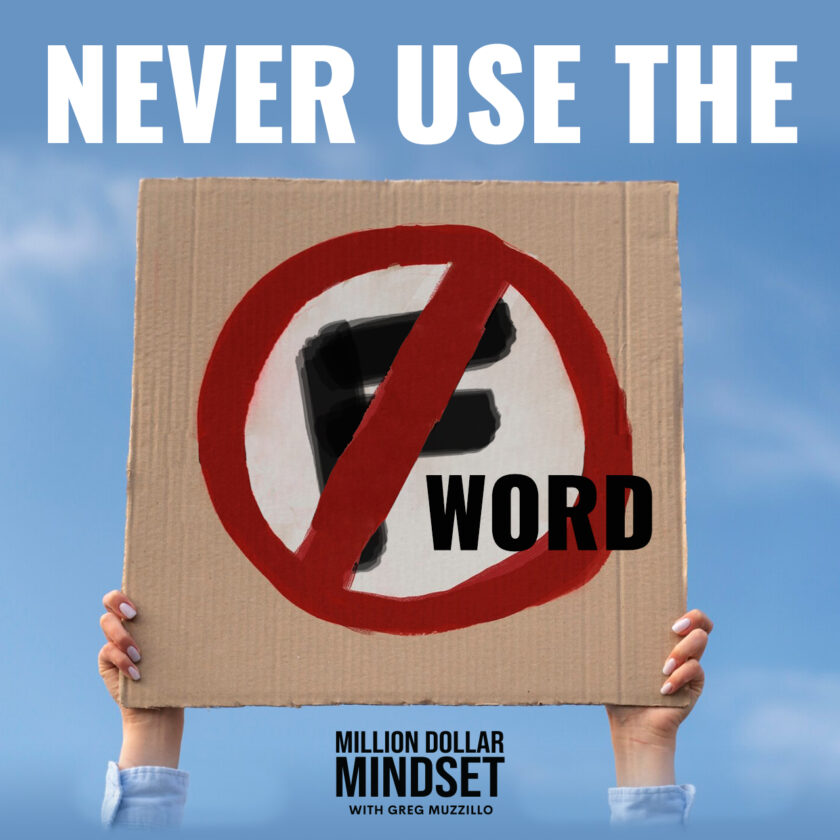PERHAPS ONLY NASCAR surpasses golf, the grand old game, as king of sponsorships. Cars seem to be held together more by decals than rivets. Blessedly, though, golf approaches sponsorships with a softer touch than racing. Dale Earnhardt (Junior, to most) may turn laps at Bristol Speedway in his Hendrick Motorsports National Guard/Amp Energy Chevy, but Tiger Woods doesn’t tee off from the 18th at Augusta with his Buick-sponsored Nike Driver brought to you by Gillette. When on a golf course or watching a tournament, one would be hard-pressed to find anything not branded, but the brand somehow always yields to the game. For distributors, this may be an important point to remember when going through a tournament checklist of goods.
Logoed tees. Check. Logoed balls. Check. Logoed towels. Check. Custom imprinted swing-altering, game-evolving (ego-saving) practice club. REWIND! Yes, a branded practice club might just be the one item that convinces distributors to push the envelope when it comes to what should and should not be included when planning a golf tournament, or supplying the products to someone who is. There is nothing wrong with the first three items, and admittedly, a tournament may look a little bare-bones if the basics aren’t covered. People expect to get tees and balls, and that expectation should be, and almost always is, met. The trick, though, is to begin to think about long-term advertising and what can be done to guarantee the reason a tournament is held in the first place—namely, exposure.
According to Don Gibas, president of Huntington Beach, California-based Gibas Golf, there are 25 million golfers in the United States, and roughly only 16 percent of them break 100. That’s a lot of men and women duffing fairway irons and pulling out the mulligan ball. As president of a company that has been a maker and supplier of golf products for more than 60 years, Gibas knows distributors need to start thinking about what can be included to the ball/tee/towel tournament solution and more along the lines of providing golfers with something they don’t have. “Funny,” he said, “I’ve never seen a guy pull up and start waiting for someone to give him golf balls before playing.”
The sentiment is complemented by Mike Mitchell, general manager at Burlington, Wisconsin-based Pro Golf Premiums—a supplier of tournament balls and other items. Like Gibas, he agreed tournaments need to go beyond just the traditional products while also spending money wisely. “Low-end Wilson has a great price point,” shared Mitchell. “When planning a golf outing, tell your sales rep a lot of factories offer discounts to events and outings.”
The difference between an overall successful promotion and a mediocre one can be believing in the practicality and common sense any quality business would have (but one that may get lost at the thought of a tournament where all guests walk out with a Big Bertha and big smile). To that point, Mitchell advised distributors to leverage golf ball purchases to receive discounts or tournament giveaways for free from the ball companies: “The more balls you order the larger percentage off or more free gifts they are going to offer. Order 144 dozen and they’ll likely give you every incentive they have.” It’s sound logic for working with budget-conscious end-users.
Along the same lines, Gibas thinks distributors should, “Just sit down and think in terms of advertising dollars being spent. Is it spent in terms of long-lasting advertising? We need to think … how well you spend your customer’s dollar.” That’s not to say distributors should just choose the cheapest item, but rather, weigh value against quality. When choosing brands, go with the item more likely to stay in the golfer’s bag or weekend wardrobe longer. “Most popular right now are Titleist, Callaway and Nike,” said Mitchell. Gibas cites two items from his own product line to demonstrate this value/quality dynamic. His low-priced golf Swing-a-Weight allows golfers to get the equivalent of a batting donut in baseball. “The days of swinging three and four clubs to warm-up are over,” Gibas assured. Instead, he stressed how the Swing-a-Weight can help a golfer get a feel for his stroke because the shaft actually flexes during the practice swing. For distributors with a slightly higher budget, Gibas talked about his Assist Swing Trainer Club as an example of a giveaway with a mid-level price point. It won’t break the bank, but it’s a training aid that can help a golfer put up a double, not triple-digit round by letting him start to feel the rhythm of his swing. And, as Bobby Jones (the immortal one) put it, “Rhythm and timing are the two things which we all must have, yet no one knows how to teach either.” By providing practice tools as well as other products, distributors are providing more than the ordinary. They are giving an end-user a way to improve, enjoy the game more, and probably most importantly, remember the event and sponsors longer.
In the end, the goal is to give an item with staying power. Gibas said a simple ball marker that attaches to the end of the putter demonstrates the point. “I finally had to take mine off, because after five years. I was tired of looking at IBM.” Five years! It would seem the technology conglomerate got its money’s worth on that promotion. With a little imagination and the right advice, there is no reason Charity Tournament XYZ can’t have the same outcome, while perhaps ridding the world of some of the 84 percent who just can’t seem to get below the century mark.



